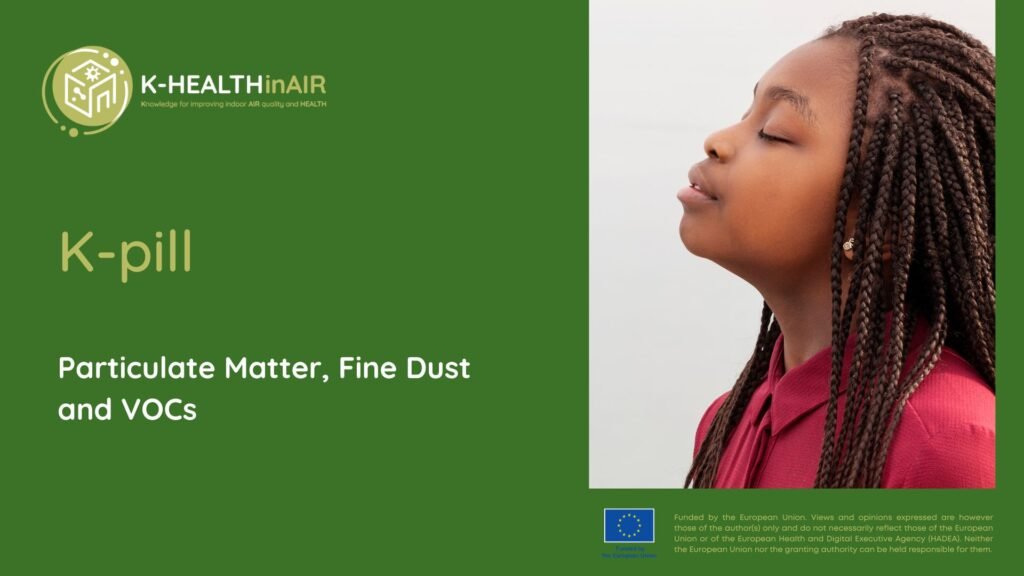
Every day, we breathe in millions of tiny airborne particles, some of which can have serious implications for our health. But what exactly are Particulate Matter (PM) and Fine Dust, and why should we be concerned?
🔬 Understanding PM and Fine Dust
Particulate Matter (PM) consists of tiny solid or liquid particles suspended in the air, originating from both natural sources (like forest fires) and human activities (such as vehicle emissions and industrial processes). These particles vary in size:
🌍 The impact on health
Fine dust is one of the most serious air pollutants, affecting respiratory health, visibility, and climate change. Long-term exposure to PM has been linked to lung diseases, cardiovascular issues, and reduced life expectancy. Indoors, Volatile Organic Compounds (VOCs) from household products also contribute to poor air quality, increasing health risks.
💡 What can we do?
Small changes can make a big difference! To reduce indoor air pollution:
✅ Use damp cloths instead of dusters to clean surfaces.
✅ Minimize exposure to VOCs by choosing low-emission products.
✅ Improve ventilation and consider air purifiers.
Want to learn more about the science behind Fine Dust, PM, and air quality? Read the full article here.